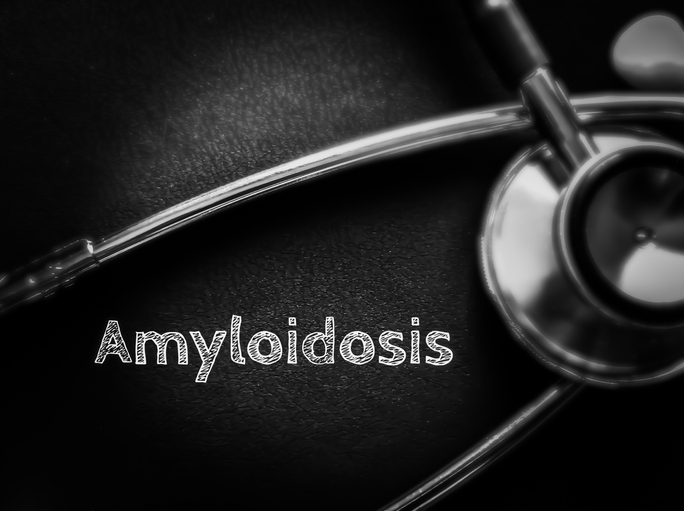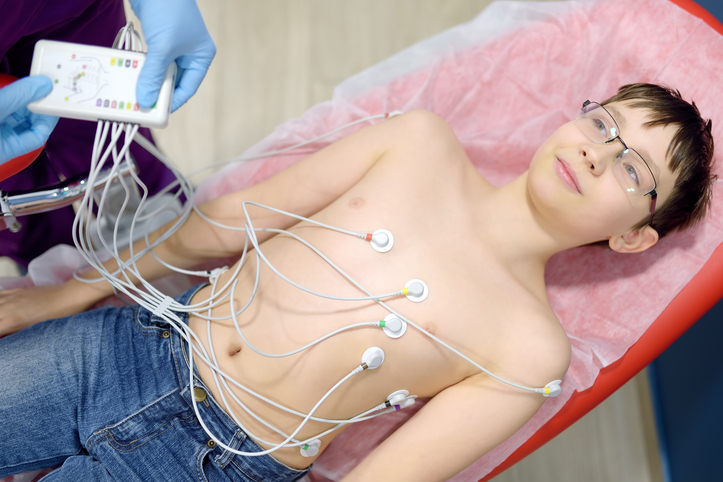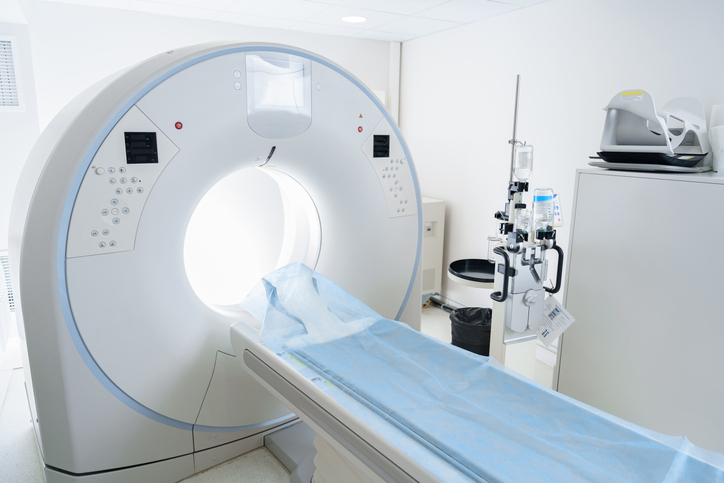Researchers found promising outcomes for surgical mitral valve replacement (MVR) in a recent study that compared surgical MVR with transcatheter MVR (tMVR).
“The purpose of this study [was] to evaluate the contemporary outcomes of surgical MVR in low-, moderate-, and high-risk patients to serve as a benchmark for new technologies in tMVR,” said William Z. Chancellor, a resident at the University of Virginia, who presented the findings at the Southern Thoracic Surgical Association 65th Annual Meeting & Exhibition.
Researchers evaluated patients undergoing isolated MVR between 2000 and 2017 at 19 cardiac surgery centers throughout Virginia and North Carolina, excluding those with endocarditis. The primary outcome was risk-adjusted mortality in each group. Secondary outcomes included major morbidity, intensive care unit (ICU) and hospital lengths of stay, and total cost. Univariate analysis was used to compare baseline characteristics, postoperative events, mortality, and resource utilization.
The mean age of low-risk patients was 57 years old; patient age progressively increased in the moderate- and high-risk groups, Chancellor said. Higher risk patients also had higher rates of heart failure and were more likely to have undergone cardiac surgery.
Final analyses included 1,611 patients, of which 927 (57.6%) were low risk, 370 (22.9%) were moderate risk, and 314 (19.5%) were high risk. Median Predicted Risks of Mortality (PROMs) were 1.9% for the low-risk group, 5.5% for the moderate-risk group, and 12.4% for the high-risk group. All three cohorts had lower operative mortality rate than the researchers predicted (low risk, 0.80; moderate risk, 0.82; high risk, 0.95). Permanent stroke rates for the low-, moderate-, and high-risk groups were 1.4%, 2.7%, and 5.1%, respectively (P=0.0011). Pneumonia presented in 2.8%, 3.5%, and 9.6% of patients, respectively (P<0.0001). Prolonged ventilation was required in 10.7% of low-risk patients, 20% of moderate-risk patients, and 35.4% of high-risk patients (P<0.0001). Renal failure rates were 3.6%, 5.1%, and 13.1%, respectively (P<0.0001). Reoperation was required in 7.3%, 9.7%, and 15.3% of patients, respectively (P=0.0002).
High-risk patients had longer ICU and hospital lengths of stay (ICU = low, 2 days; moderate, 3 days; high, 5 days; P<0.0001; hospital = low, 7 days; moderate, 8 days; high, 10 days; P<0.0001). Costs for the low-, moderate-, and high-risk groups were $38,029, $45,075, and $59,171, respectively (P<0.0001).
“We also observed that standard-risk patients do well after MVR, but there is room for improvement in the high-risk populations,” Chancellor said. “MVR is associated with acceptable rates of morbidity and mortality in patients with PROM less than eight, which accounts for 80% of the patients in this study.” However, the mortality rates in the sickest 20% of the study’s patients could be better.
The retrospective design is a limitation of the study. The data were also deidentified, limiting the amount of information to analyze. While the study included data on patients from 19 different centers, the results may not be generalizable to the entire patient population.
“Surgical MVR is a safe and economical option for all patients who require MVR,” the researchers concluded. “These outstanding outcomes serve as a high benchmark for tMVR technologies.”







 © 2025 Mashup Media, LLC, a Formedics Property. All Rights Reserved.
© 2025 Mashup Media, LLC, a Formedics Property. All Rights Reserved.